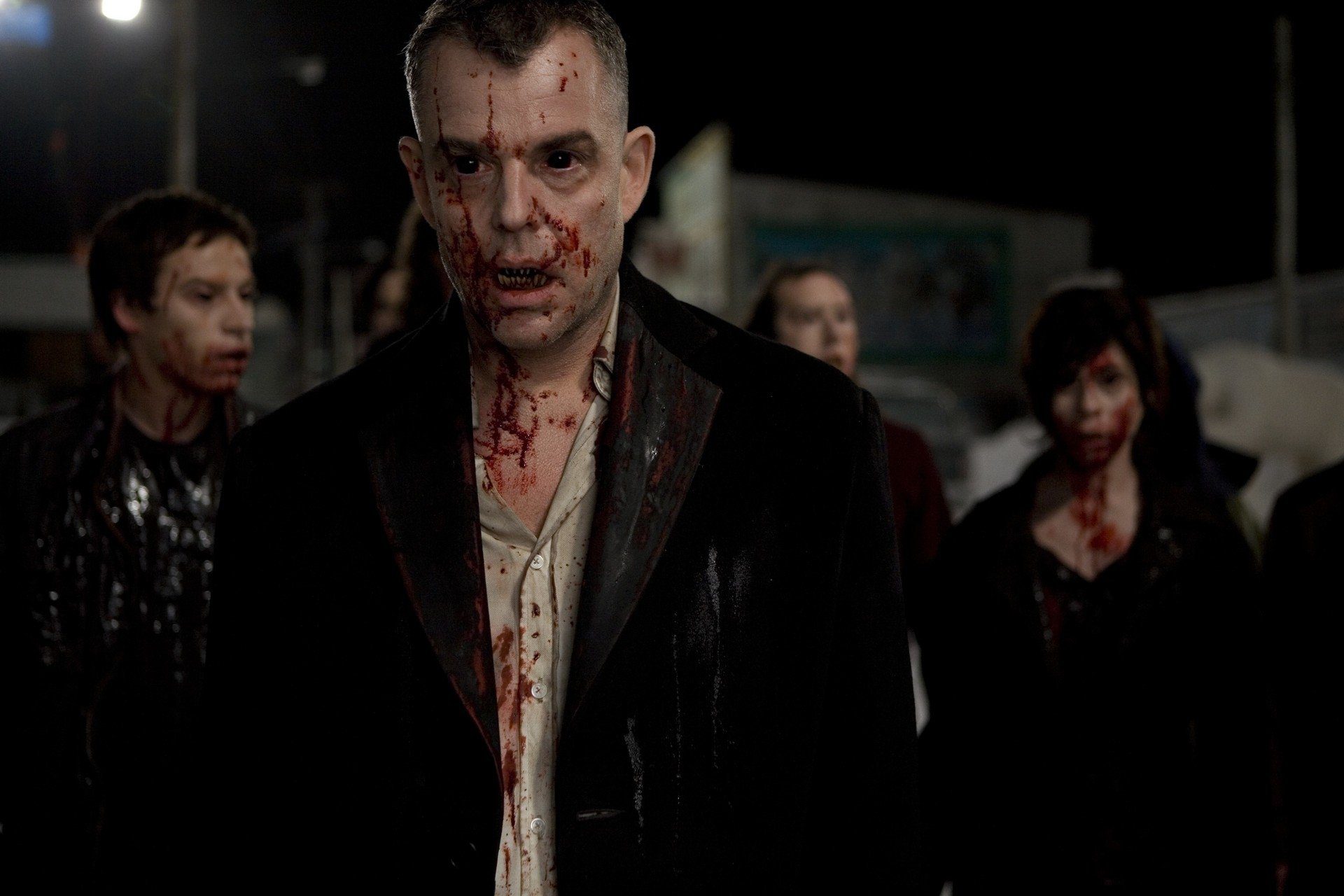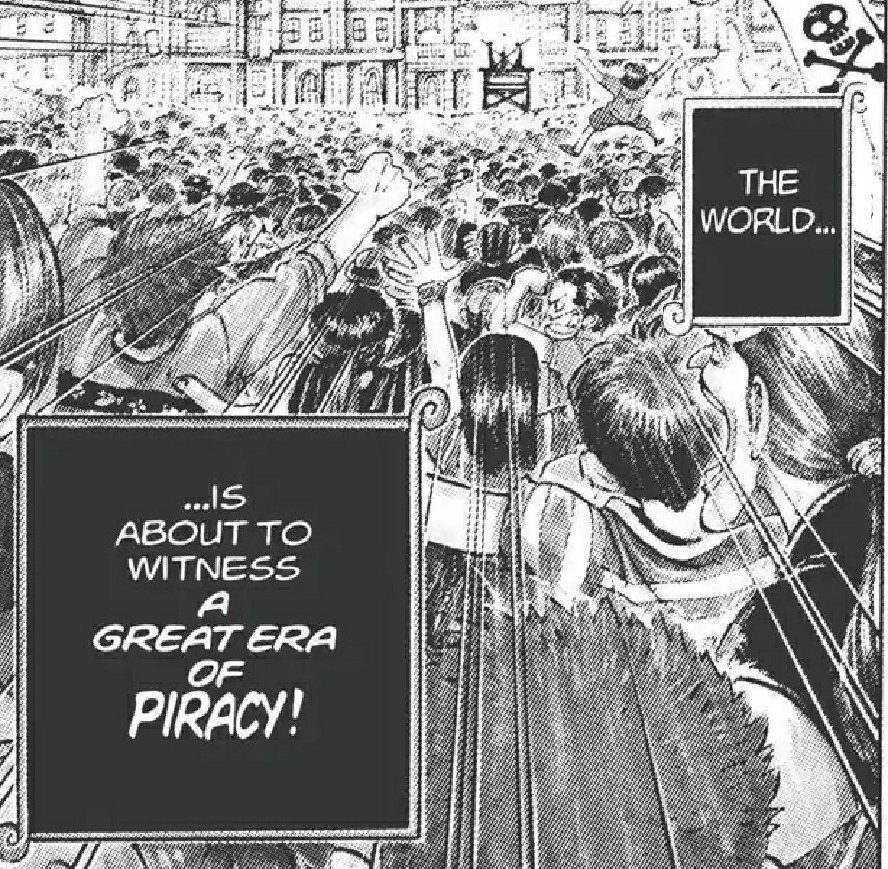“Bar the windows. Try to hide. They’re coming.”
It’s kind of weird that I didn’t write about this movie last year, isn’t it? After all, 30 Days of Night is the film from which this column takes its name (credit is due to my friend Mikey Lopez; when I polled my other friends for suggestions all I got was “Cocktober” and “Nonstop 666 Spooky Fest”). And it’s a good title! It’s not 30 Days of Darkness; the word “night” conjures images and feelings linked to helplessness and peril.
The first thing you’ll notice about this film is that it’s gorgeous to look at. Director David Slade and his director of photography Jo Willems work wonders with the unforgiving Alaskan tundra. Slade would go on to direct a lot of Hannibal, one of the most frighteningly beautiful shows in television history, and 30 Days shows why he was a good choice. The film uses a sharp yet muted color palette that allows for bright pops of black-red blood. The sense of isolation is reminiscent of The Thing; 30 Days of Night takes place in Barrow, AK, the northernmost city in the country, 80 miles from civilization. Every winter it endures a month without sun. That’s a terrific premise.
It’s before the blackout that Sheriff Eben Oleson (Josh Hartnett, solid in a role that he’s probably too young for) starts noticing things are amiss. He finds a pile of burnt satellite phones; later a helicopter is sabotaged and his ex-wife Stella’s (Melissa George) is T-boned by some construction equipment. It gets off to a slow start, but Slade is able to build tension until things get truly horrific.
Slade’s secret weapon is Ben Foster, who isn’t in much of this film but makes an enormous impression. As a Renfield type called only the Stranger, Foster has greasy, stringy hair, bad teeth, and speaks in a voice that alternates between childish taunting and deadpan. He’s the one responsible for isolating Barrow even more than it already was, on the promise that the attacking vampires would make him one of them. Foster is the film’s secret weapon, because that’s the kind of actor that Foster is. He can singlehandedly elevate genre fare like this and The Mechanic. Taking this role could have been just a paycheck, but Foster brings enough nuance and characterization to the Stranger that he keeps you continuously on edge, especially when you can’t see him.
30 Days of Night is ostensibly a vampire film, but it plays out like a siege film (to return to the Carpenter comparison, this is more in line with Assault on Precinct 13). When the vampires attack, they do so in full force. Their leader Marlow (Danny Huston) gives orders to leave none alive, so it’s not like they’re trying to shore up their numbers. This is a very small-scale vampire film in a lot of ways, but I have some issues with the basic mythology at work here. If the vampires aren’t trying to turn anyone, why have them be vampires at all? They’re basically generic monsters (the fangs look good, but the long fingernails never look anything but very fake), and one gets the sense that they were only vampires because that’s what was hot at the time. If this were made in, say, 2012, they likely would have been zombies.
However, a lot of that can be forgiven because the vampires are a truly scary element. The smartest choice that 30 Days makes is giving them their own language, a guttural assortment of clicks and rasps more akin to Klingon than English. As Marlow, Danny Huston does some terrific work with his eyes and long-limbed physicality (although, regrettably, the film can’t resist having him do the serial killer head tilt, which has long since been ground into the dirt). There’s nothing sexy or alluring about these vampires; they don’t boast the romance of Edward Cullen or even of Dracula. The fact that they have no motivation beyond feeding and survival makes them about as reasonable as a pack of wolves, and there’s something frighteningly nihilistic about an enemy that looks human but has no connection to the species anymore. Slade’s best work comes in a truly upsetting scene showing the vampires huddling around a woman, pushing her around and swiping at her with their claws before killing her. It’s needlessly cruel, and pleasingly animalistic.
Huston and Foster give the best performances in the film, unsurprisingly. The rest range from solid to okay. Hartnett is fine, George is fine; their chemistry isn’t where it needs to be in order to sell them as lovers. Mark Boone Junior (Sons of Anarchy) and Manu Bennett (Arrow) are probably having the most fun. Bennett in particular sells the hell out of his death scene: he signals to Eben and Stella, who join him in his house, risking their own lives to do so. “I shouldn’t have signaled to you,” he laments. “I just couldn’t stand being alone.”
There’s a bit of a lull in the second act that even Slade can’t save. That’s the danger of any film working in this kind of time frame – 30 Days of Night takes place over thirty actual days, making it feel like the humans are under siege rather than under attack. There are too many vignettes involving undeveloped characters that the viewer won’t care about. These exist to produce gore, or introduce tension where it should already exist. All of this is more or less forgivable, though, because of the audacity of the ending.
Eben decides that only a vampire can kill another vampire, so he infuses himself with Billy’s blood, turning himself. So far, so bold, but I’ve seen enough Hollywood movies to know that there’s probably a way out of this. Eben kills Marlow; the sun starts to rise; Eben and Stella watch daylight enter their lives for the first time in a month. It kills Eben – we watch his face blacken and hear his screams before the film cuts to black. It’s an admirably dark ending, one that combines grace and gore.
30 Days of Night is an occasionally confused film; it feels of its time because the vampires are more or less anonymous monsters. But it’s a solid genre entry, and it’s far better than it should be, because it was directed by an actual artist.
10/1: Dawn of the Dead
10/2: Drag Me to Hell
10/3: Pet Sematary
10/4: The Descent
10/5: Repo! The Genetic Opera
10/6: Desierto
10/7: The Blair Witch Project
10/8: Blair Witch
10/9: The Texas Chainsaw Massacre
10/10: A Nightmare on Elm Street (2010)
10/11: Prince of Darkness
10/12: 30 Days of Night
10/13: Friday the 13th (2009)
10/14: Slither
10/15: Tremors
10/16: Pandorum
10/17: It Follows
10/18: A Girl Walks Home Alone at Night
10/19: Poltergeist
10/20: Paranormal Activity
10/21: Creepshow
10/22: VHS
10/23: Nosferatu the Vampyre
10/24: An American Werewolf in London
10/25: The Witch
10/26: The Rocky Horror Picture Show
10/27: Cronos
10/28: The Hills Have Eyes
10/29: The Hills Have Eyes (2006)
10/30: Tucker and Dale vs. Evil
10/31: Halloween (2007)






